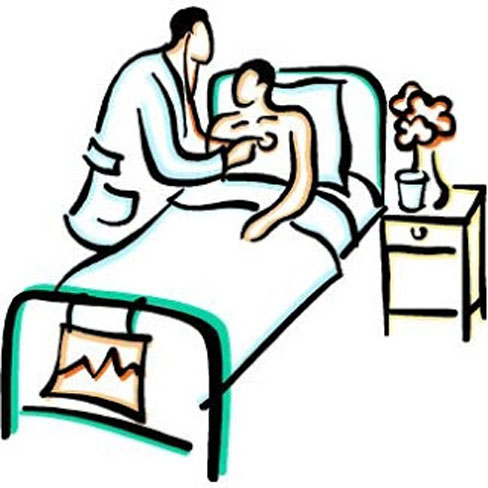A Graph of Your Health
You’ve seen the cartoons: A guy in a hospital bed, simple line graph indicating his progress.
“But how was that graph produced?” asks Sarasota’s Steve Rothman. “Most people assume that it’s real, but it wasn’t.”
Well, Rothman has made it real. The former MIT think-tank analyst created The Florence A. Rothman Index—a software that uses more than 50 health indicators to produce a single graph representing a patient’s general health.
You’d think this sort of thing existed, but up to this point, it hasn’t. “It’s catching up to the cartoonists,” Rothman laughs.
The idea—and the name—for the Florence A. Rothman Index came from Rothman’s mother, who suffered a treatable setback after heart surgery in 2003. Unfortunately, due to common medical practices (transferring hospital departments, multiple doctors and nurses), her condition wasn’t diagnosed until it was too late, and she passed away.
Rather than get litigious, Rothman said to the hospital, “I think it’s a systems problem. I might have some constructive ideas.” He and his brother, also a data-analysis expert, camped out in the Sarasota Memorial Hospital parking lot for two weeks, observing (with full hospital permission, of course) healthcare practices at all hours of the day.
What he discovered was that, while patient information is inputted extensively, electronic records aren’t organized well, and they don’t allow for an easy overview of a patient’s condition—especially when it comes to how the patient’s health is progressing over time.
Consider a case like Rothman’s mother, who, it seemed after a week, was on par with other patients recovering from the same surgery. But what her rotating team of doctors and nurses didn’t realize was that she’d actually progressed faster than normal, and then had begun to deteriorate.
Not only is the electronic filing system problematic for treatment; it also means that all the time nurses spend entering information isn’t being maximized. Rothman essentially asks: If skilled health care providers are going to spend all that time on the computer, shouldn’t we at least take advantage of their efforts?
The Florence A. Rothman Index is now being used by a number of prominent hospitals throughout the country, including Yale New Haven and University of Florida. Rothman is also developing a version of the software to be used in senior communities, especially for older people living independently.




